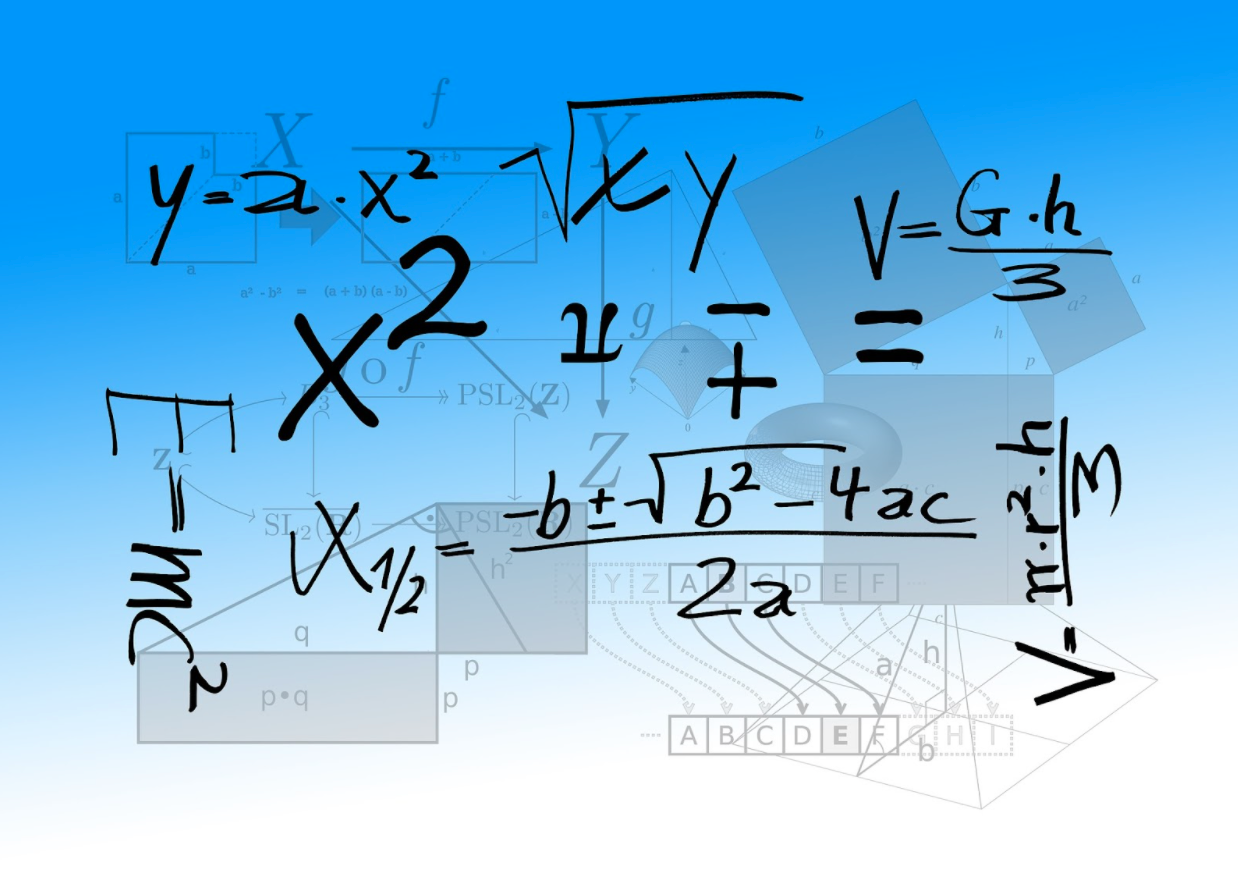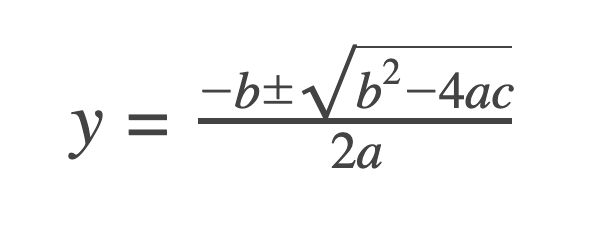Hope Myers
Josh Argo
Hope Myers
Josh Argo
ACT 🎒
53 resourcesSee Units
ACT Overview, Strategies, and Practice:
Algebra and Functions

When you arrive at your college of choice, there will be a Freshmen Mixer activity. The school will invite all of the new students together, and hopefully you will find your first friends at college 👯! How do you plan to dress for this event? Do you wear a tux? Flip-flops? You don’t know the people or the place that well, so you’re going to need to use context clues and assumptions as you wander into the unknown 🔎. Welcome to Algebra and Functions! In this section of the ACT Math test, you’ll be asked to answer questions with unknown quantities, usually referred to as the letter “x.”
Let’s get into it 😤!
Algebra (12-15% around 7-9 questions)

Algebra is taking an unknown and working around it. You don’t need to know the guest list or location to know the Freshmen Mixer will probably be informal. You can assume by the name alone! The same concept is at the root of algebra–you have to make assumptions and then isolate the unknown. We may even be able to know 🧠 the unknown by solving for x!
ACT Tips and Tricks To Remember:
I’m sure your math teacher hammered 🔨 these annoying phrases into your skull at school, and the good news is that they come in handy here.
Order of Operations: “Please Excuse My Dear Aunt Sally” or PEMDAS
You can tell who knows PEMDAS any time an algebra problem pops up on social media. Similar to how you don’t wash your hands before you cough into them, math has an order for solving the problems.
Parenthesis - first
Exponents - second
Multiplication and Division- Whichever one comes first when reading left to right
Addition and Subtraction- Whichever one comes first when reading left to right
FOIL Method:
At some point, you’ll be asked to multiply two binomials. This is where you FOIL. In other words, multiply the First integers, next the Outer, then the Inner, and finally the Last integers.
Replacement Method:
For some shorter questions, replace x with a number like 2, and see if it works! If you feel stuck, this tends to loosen up the brain a little so you can see the solution.
Practice Question Example:
For what value of x is the equation 4(x-6) + x = 26?
A. -10
B. 24
C. -50
D. 10
E. 2.5
Let’s remember the order of operations and get our parentheses out of the way! First, distribute the 4 into the (x-6). 4 multiplied by X is 4x and 4 multiplied by -6 is -24. Let’s plug them into the phrase again.
4x - 24 + x = 26
The goal of the game is to get x by itself, so separate the known variables from the unknowns. My Xs are all going on the left side of the equals, and my known numbers are going onto the right side. Now remember, whatever I do to one side, I have to do to the other; if I have a -24 on the right, I’m going to add 24 to both sides.
4x - 24 + 24 +x = 26 + 24
Which becomes...
4x - 0 + x = 50
Or
4x + x = 50
And now I add my Xs together since they are alike.
5x = 50
I still want to get X isolated, so I’m going to divide both sides by 5.
5x/5 = 50/5
Therefore, X = 10. The answer is D.
You got this 🙌!
Functions (12-15% around 7-9 questions)

Functions are a vital part of mathematics 🧮. In your math curriculum, you probably remember seeing functions a lot in an Algebra 2 course, which could more appropriately be named Families of Functions or Functional Analysis.
On the ACT, you will encounter a few main types of functions that we will look at throughout this part of this article. These include linear functions, quadratic functions, and trigonometric functions.
Linear Functions
The most basic type of function you learn about is linear functions, or functions of the first degree. Most of the time, these questions deal with slope and y-intercept. A linear function is easy to distinguish because it should not have any exponents.
It is also important to note that a linear function is usually in the form of y=mx+b, where m is the slope and b is the intercept. When a function is given in any other form, it helps to use the algebra skills detailed above to isolate y. The slope has x with it in the equation, and the y-intercept is by itself.

The second function you typically encounter is a function of the second degree, or a quadratic function. This is identified by seeing the highest power as 2 in the equation or expression, such as y=x2-2x-3.
To solve a quadratic equation, you can use 3 different methods:
- Factoring: As mentioned above in the Algebra section, this method works best when the expression is factorable when y or 0 is by itself. It is a quick and effective method to solve equations or find the roots of a function. Once factored, set each factor to 0 and solve.
- Completing the Square: This method is best used when finding the shift of a quadratic graph. It can be found by adding (b/2)2 to both sides and then factoring and solving.
- Quadratic Formula (shown below): This method works best when a is not 1. In other words, our leading coefficient is not 1. This formula works for ALL quadratic equations, no matter the layout.

Image From the Fiveable Team
Trigonometric Functions

Lastly, we need to identify our shift. Remember that our shift left to right (phase shift) is backwards what it appears. In other words, y=sin(x-2) is shifted to the right 2, even though it seems it would be the left since it is subtracting. Our vertical shift (or midline) follows the typical pattern of addition being up and subtraction being down.
Another common type of function that you may encounter is a trigonometric function. It is usually identified by an oscillating graph 📈. The main aspects that you need to be able to identify is midline, period, amplitude and shift.
- The midline is the middle of the graph and is also recognized as the vertical shift up/down since the normal midline for a sine or cosine function is at 0.
- The period is how long it takes a trig function to complete a full cycle, as trig graphs are all cyclical. The typical period for a sine or cosine graph is 2𝝅. This can be altered by the number that is multiplied by x in the trig function. To find the new period, divide 2𝝅 by this constant.
Need more ACT prep?
Fiveable has your back with out set of ACT study guides that go over the fundamentals of each ACT sections. Additionally, we have compiled this list of some of the best ACT practice resources out there!
We believe you'll do amazing on your next ACT test, good luck!
Browse Study Guides By Unit
📝English
🔬Science
✒️Essay

© 2023 Fiveable Inc. All rights reserved.